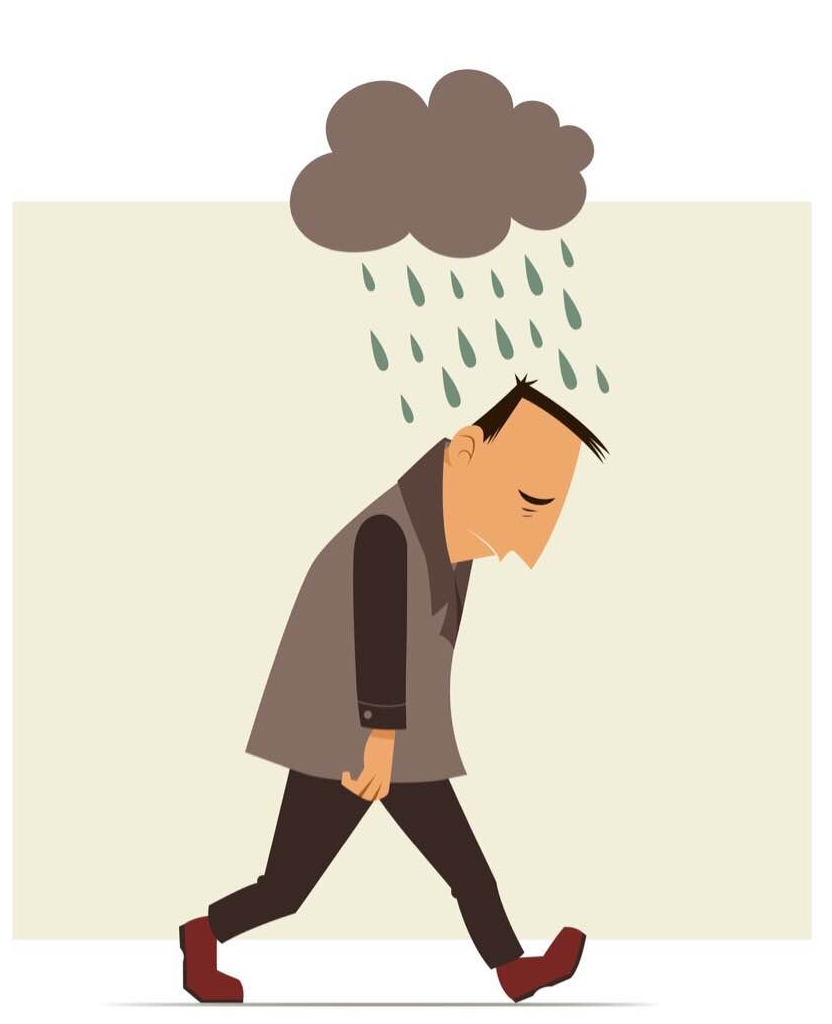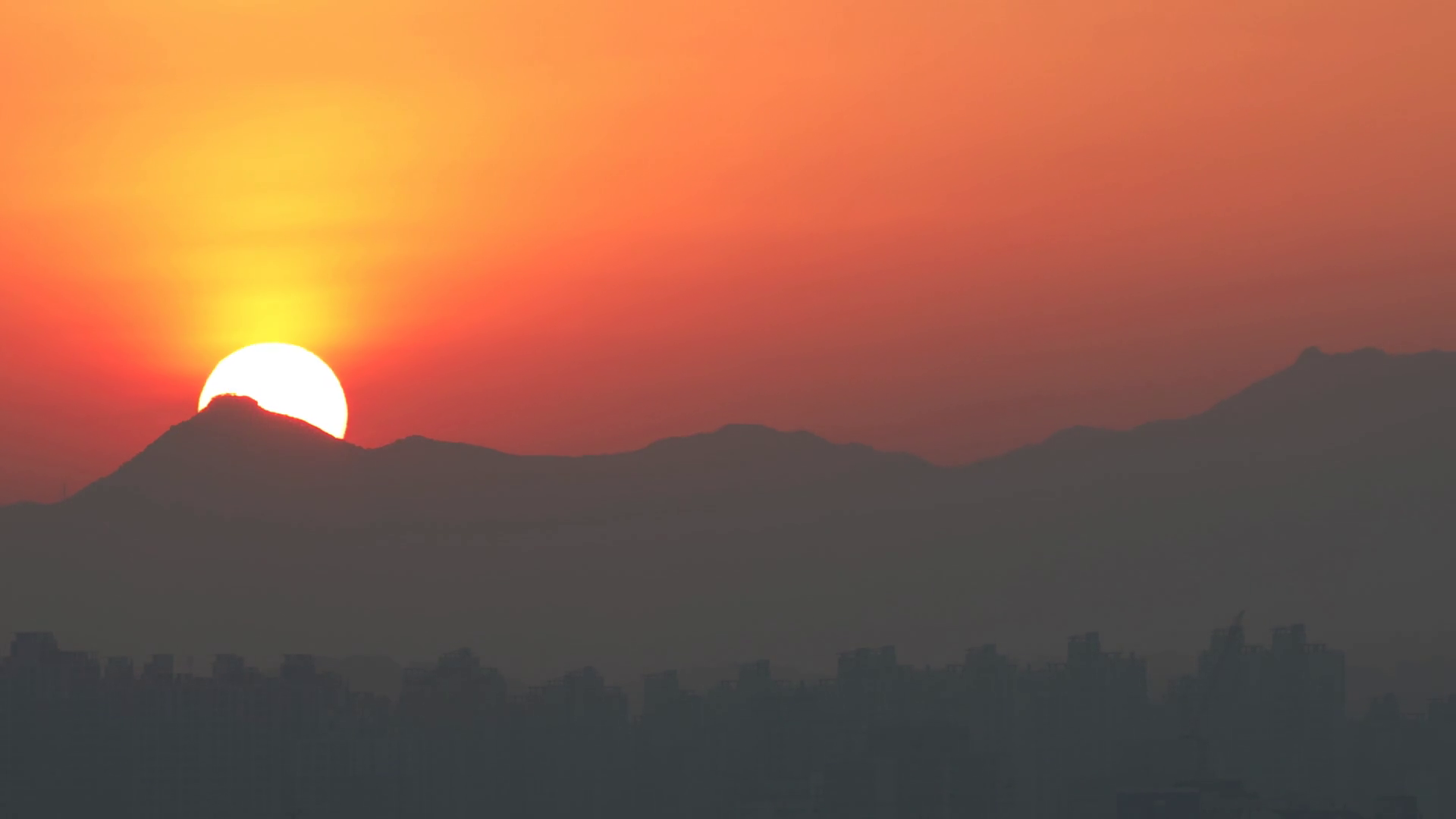 I’m probably not the only person experiencing “a mood” on a Monday morning mid November…but it can feel like it. This is one of those days that I could easily find myself spiralling in to a worsening “mood”, and then projecting that on to everyone I meet, everything I do, the entire external situation of my life. But I’m not going to. By blogging, I am hoping for a therapeutic process – writing helps me get things out, make sense, express, feel.
I’m probably not the only person experiencing “a mood” on a Monday morning mid November…but it can feel like it. This is one of those days that I could easily find myself spiralling in to a worsening “mood”, and then projecting that on to everyone I meet, everything I do, the entire external situation of my life. But I’m not going to. By blogging, I am hoping for a therapeutic process – writing helps me get things out, make sense, express, feel.
My motivation to write about “mood” this morning isn’t because I feel particularly bad this morning; its more the contrast I am experiencing when looking back over the past few days. I remember connecting to an inner radiance on Friday morning over breakfast – intense gratitude for the life I have, and I felt incredibly open hearted. Three days later, I want to close down that same heart, I want to withdraw in to solitude – take a duvet day. And yet, nothing has changed – my life still is as it was Friday morning. So what is a mood? How can things feel so different when they remain the same?
There is another reason I sit here with a desire to consider this mood. Recently, I have been exploring a more somatic approach to my meditation, and as such there is a growing curiosity concerning my inner world. I wrote recently about ‘hara’ and the importance of staying connected with that energy centre deep within the abdomen so that we stay grounded. More connected to our self, the more connected we can be to others. Reggie Ray, a student of Chogyam Trungpa (the founder of the Shambhala buddhist tradition within which I practice), places a great deal of emphasis on the Soma. I have been working with his practices since taking up his latest book “Pure Awareness”. For the past two weeks, I have been connecting more and more with the sensations I experience during meditation – not just the senses of sight and sound, but an inner feeling. There is something about witnessing my inner world: its movement, its fluidity and vibrancy while I sit very still that is allowing me to understand the Buddhist teachings on impermanence. Everything changes, nothing stays the same. Even when we are still, the body is pumping blood, moving oxygen, pulsing electricity. And the longer we sit still and truly rest, we can touch these subtle movements, our aliveness.
So on one hand, nothing has changed since Friday. Like I say, my life is the same. Yet, in that time EVERYTHING has changed – the constellation of what makes up ‘Helen’ in any one moment can never be the same. We encounter problems a) when we expect things to be the same i.e. “why am I in a bad mood today?” And b) when we reject how we feel “why can’t I be in a good mood like I was Friday?”. What if I could just experience the shift without a story? I remember on my Dathun retreat back in the early Spring the teacher declared one morning “I’m feeling very cheerful this morning…and I don’t know why…why do we have to know? Maybe I am just feeling cheerful!” It speaks to how we “have to know”. I wrote last week how in therapy, clients will often want to know “why” things are the way they are for them in their life right now; yet what our wholeness asks for is that we take on and know all of our experience – and that includes giving space to Monday morning blues without the hunt for “why”.

Reggie Ray describes the importance of posture in meditation – how we need a good container to hold our experience: like a glass holdingwater. And there is something of a mountain quality – sitting like a mountain: allowing the weather of our experience bump and bash our sides yet not disturb our roots. As I sat holding that posture this morning, I tuned in to the pulsing and vibrancy in the body and holding the “bad mood” in my mind, I began to notice how I was opening up. What was once in the mind began to dilute in to the body. The sun rises and shines in to the room about halfway through my morning meditation at the moment. So I start in darkness, and then light slowly enters – I felt the metaphorical parallel. As the sun drenched the room space with its warm glow, I opened and softened. I was still feeling that mood, but it came to feel and mean something different. It was no longer something solid and who Helen is. I’ve always appreciated Chogyam Trungpa’s teaching of Great Eastern Sun. We might best get a feel for this by looking to its opposite – the setting sun outlook is pessimistic, deflated. Rather, we can approach life “with good head and shoulders”, with dignity and bravery to take on whatever arises. Mountain like. I felt the outer rising sun resonate with my inner rising sun.
This is really important in my work. I would be no good to my clients that visit me on Mondays if I held at the forefront of my experience “I am in a bad mood today”. The “I” would get in the way. If I were to try to push my bad mood aside, that would also be a block…and it would also be a bad model to my clients. The lesson in this experience is how we stay open despite the internal weather. How can we allow the “mood” as simply a part of the energetic flow of what it is to be human.
I invite you to notice how your mood changes in the day – can you notice when it tips? Can you notice to stories and attempts to explain it? I imagine in 7 days time I will have shifted not just once, but many times in my cycling of moods. The Buddhist teachings often get a bad press for an emphasis on impermanence – but with bad moods, knowing they will end is good news!

